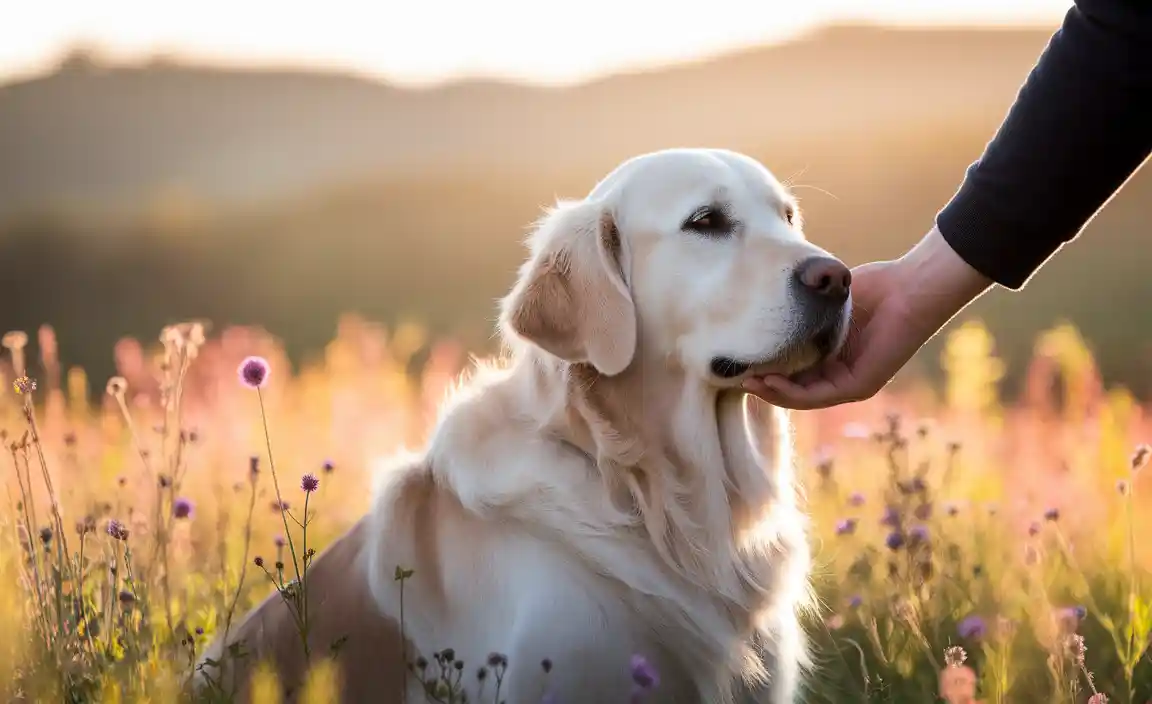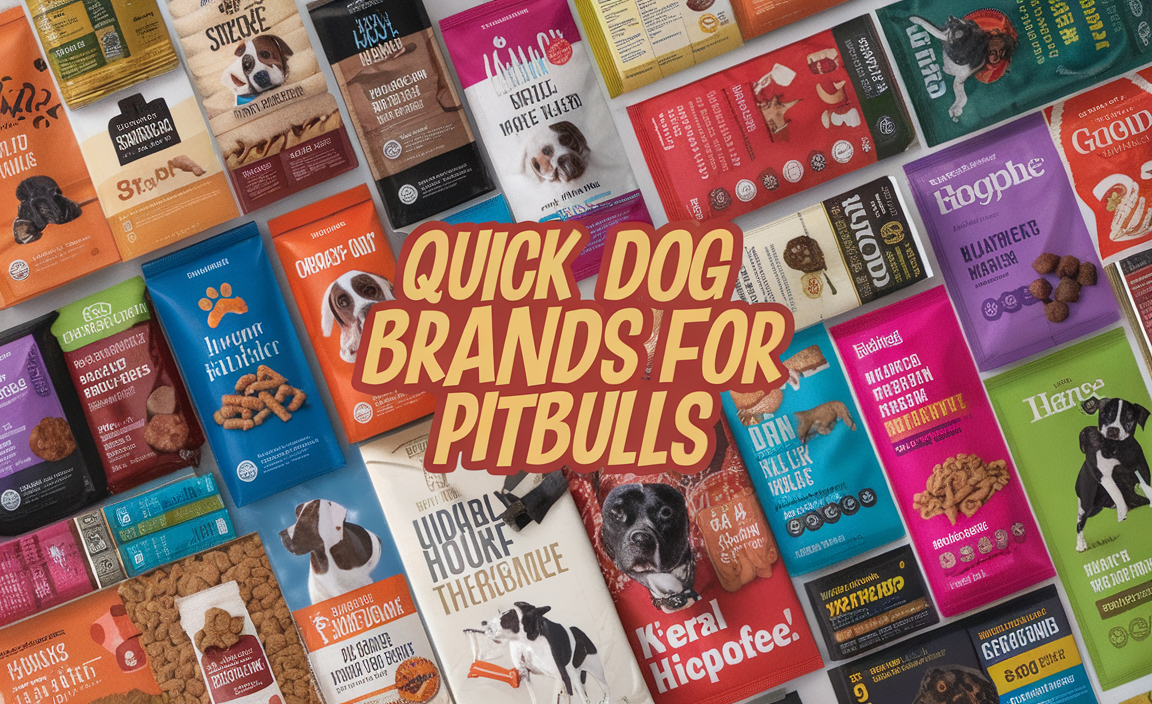Reactive Dog Solutions: Effortless Home Fixes
Living with a reactive dog can be a journey filled with unique challenges and rewarding breakthroughs. A reactive dog isn’t necessarily aggressive; instead, they tend to overreact to certain triggers, whether it’s another dog, a stranger, a loud noise, or even a perceived threat. While professional training is often an invaluable part of managing reactivity, many effective strategies can be implemented right within the comfort of your own home. Discovering reactive dog solutions at home can empower you to create a calmer, more harmonious environment for both you and your canine companion, leading to a stronger bond and a happier life.

The first step in implementing any successful home-based intervention is understanding what triggers your dog. This requires careful observation and a willingness to be honest about your dog’s reactions. Keep a log or journal to note down the specifics: what happened immediately before the reaction, what the trigger was, how your dog reacted (barking, lunging, trembling, growling), and the duration of the reaction. This detailed information is crucial for tailoring your in-home approach. Knowing your dog’s triggers is like having a map; it guides you on where to focus your efforts and what situations to try and avoid or manage proactively. For instance, if your dog reacts intensely to the doorbell, you now know that the sound itself, or the anticipation of a visitor, is a key trigger.
Creating a Safe Haven: Essential Reactive Dog Solutions at Home
One of the most fundamental reactive dog solutions at home involves establishing a designated safe space for your dog. This could be a crate, a specific bed in a quiet corner, or even a whole room that your dog associates with relaxation and security. This space should be a sanctuary where they are never disturbed and can retreat when feeling overwhelmed. Equip this area with comfortable bedding, familiar toys, and perhaps a calming pheromone diffuser. The goal is for your dog to voluntarily seek out this space when they feel stressed, knowing they can escape any perceived threat. Regularly reward your dog for calmly resting in their safe space, even when things are quiet. This positive association will make it a go-to spot when their anxiety levels rise.
Another powerful in-home strategy revolves around management and prevention. This means actively controlling your dog’s environment to minimize exposure to their triggers, especially in the early stages of training. For example, if your dog barks excessively at people passing by the window, consider blocking their view with curtains or frosted window film. If they react to sounds from outside, white noise machines or gentle classical music can help to mask those disruptive noises. When guests are expected, ensure your dog has access to their safe haven and can remain there until they feel comfortable enough to emerge, or consider having them in a separate area with a high-value chew or puzzle toy to keep them occupied and prevent them from even encountering the trigger. Proactive management is key to preventing escalation and allowing your dog to learn that these triggers don’t necessarily lead to a negative outcome.
Desensitization and Counter-Conditioning: Transforming Reactions
Beyond management, the core of effective reactive dog solutions at home lies in desensitization and counter-conditioning. These two techniques work hand-in-hand to change your dog’s emotional response to their triggers. Desensitization involves exposing your dog to their trigger at such a low intensity that it doesn’t elicit a reaction. For instance, if the sound of a doorbell is a trigger, you might start by having someone ring it very, very softly from a distance, or even play a recording of the sound at a barely audible volume. As soon as the sound is no longer noticeable, immediately reward your dog with a high-value treat. Once they are comfortable, you gradually increase the intensity of the trigger.
Counter-conditioning complements desensitization by pairing the presence of the trigger with something incredibly positive, like delicious treats or a favorite toy. The principle is simple: the trigger should predict good things. If your dog reacts to other dogs, start by having a calm, well-behaved dog present at a significant distance – so far away that your dog notices them but doesn’t react. As soon as your dog sees the other dog, immediately shower them with their favorite treats. The moment the other dog disappears from view, the treats stop. Over time, your dog will begin to associate the sight of another dog with receiving amazing rewards, gradually replacing their fear or anxiety with positive anticipation. Consistency is vital here; short, frequent sessions are much more effective than long, drawn-out ones.
Play and Enrichment: Boosting Confidence and Calm
Don’t underestimate the power of playtime and mental enrichment when seeking reactive dog solutions at home. A tired dog is often a well-behaved dog, and mental stimulation can significantly reduce overall anxiety. Puzzle toys, treat-dispensing balls, and scent games can provide hours of engagement, catering to your dog’s natural instincts. These activities not only redirect their focus from potential stressors but also build confidence and reduce pent-up energy that might otherwise manifest as reactivity. Engaging in positive training exercises, focusing on basic obedience commands or fun tricks, also reinforces your bond and provides a sense of accomplishment for your dog. When your dog feels more confident and has an outlet for their energy, they are less likely to react strongly to triggers.
Finally, self-care for the owner is an often-overlooked aspect of managing a reactive dog. It can be emotionally exhausting to constantly manage triggers and reactions. Remember to celebrate small victories, be patient with yourself and your dog, and seek support from friends, family, or online communities. Understanding and implementing reactive dog solutions at home is a process, not an overnight fix. By creating a safe environment, employing management, practicing desensitization and counter-conditioning, and prioritizing enrichment, you can significantly improve your reactive dog’s quality of life and enjoy a more peaceful coexistence.
Meet Elyse Colburn, the devoted canine companion and storyteller behind the enchanting world of “Tales, Tails, and Adventures Unleashed.” A passionate dog enthusiast with a heart full of paw prints, Elyse Colburn shares heartwarming tales and insightful adventures, celebrating the joy, loyalty, and endless antics that make every dog a true hero. Join Elyse Colburn on this tail-wagging journey, where every post is a love letter to our four-legged friends.



